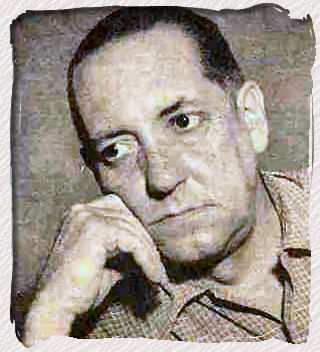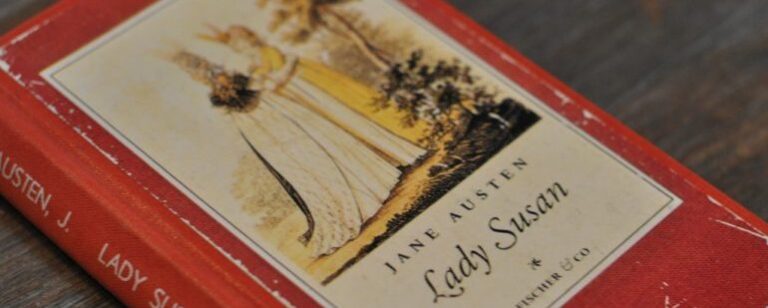Robert Walser’s True Truths

To write about Robert Walser when considering the unsung modernists of the 20th century seems both a falsehood and a complete necessity. Born in 1878 in Biel, Switzerland, the German-Swiss Walser still goes largely unread by the general reading public, but has been revered by multiple generations of writers and critics. While Walser was writing, Franz Kafka, Herman Hesse, Walter Benjamin, and Robert Musil were all professed admirers of his work. Susan Sontag was one Walser’s biggest supporters when his writing began to reemerge in the ‘70s, and writers like J.M. Coetzee and W.G. Sebald have both written at length about Walser’s indelible position among the modernists. At what point does an author become famous precisely for his or her lack of a general readership?
Upon moving to Berlin from Zürich in the early 1900’s, Walser fell in among the city’s intelligentsia, partially because of his early success in getting his work published and also because of the reputation of his brother, an important stage designer and painter in his own right. Both Walser and his brother were more committed to erratic behavior (i.e. throwing hats onto the heads of passersby) than cultivating their own image among Berlin’s cosmopolitan elite, and were consequently along the fringes of the artistic community. The two young brothers would act impulsively at parties full of important people, challenging other partygoers to Swiss wrestling matches. In the words of Coetzee, after a few drinks, Walser became “aggressively provincial.”
It is partially for these and other eccentricities that Walser’s legacy endures. He spent the last 26 years of his life in two different mental hospitals, and never published anything during this period. It is from this time that Walser’s most famous declaration, “I’m not here to write, but to be mad” comes from, which he apparently told his guardian and friend Carl Seelig. Walser’s madness is disputed, however, and it’s likely that Walser was depressed and lonely rather than schizophrenic, which was his official diagnosis. Also disputed is the notion that Walser stopped writing. Though he never gave anything to Seelig, a former attendant at Herisau (the mental institution he lived in after 1933) named Josef Wehrle said that Walser was constantly writing during his stay in the asylum. Before Walser voluntarily committed himself, he spent considerable portions of his life moving from one furnished room to the next, consistently short on money. He dealt with extended bouts of depression, and often drank heavily.
New work by Walser periodically appears do in part to the 500+ pages of microscripts that were a result of what Walser referred to as his “pencil method.” These bits of writing are somewhere between code and extreme shorthand, and until 1972, were thought to be undecipherable. Thanks to over a decade of work from Bernhard Echte and Werner Morlang, much of Walser’s work has been rendered readable. It was from these microscripts that The Robber was eventually published, a 141 page book that fit on just 24 pages of microscripts.
Throughout Walser’s work (and especially his four novels), a single albeit broad theme seems to dominate: smallness. Walser was a sort of prophet of the irrelevant; prizing servitude, total humility, and gentle self-abnegation. The protagonist of his most famous work Jakob Van Gunten is a student at a school for servants called the Benjamenta Institute. The main character of The Assistant is, fittingly, an assistant to an inventor in denial about his shortcomings. In Jakob Van Gunten, Jakob writes, “To be of service to somebody whom one does not know, and who has nothing to do with one, that is charming, it gives on a glimpse into divine and misty paradises.” Elsewhere, he writes that “nobody will ever pay any attention to Kraus . . . his going on living without enjoying attention, that is the wonderful thing, which seems to be part of a plan, the sign of the creator.”
What are we to make of this? Does Walser really find something divine in oblivion, or is this mockingly satirical? Walser’s writing receives attention from academics because it is at once radically different and also indicative of high-modernism, but what of the peculiarity of this worldview? Elsewhere in Jakob Von Gunten, Walser writes, “Gymnastics, I like that. I love it passionately. and of course I’m good at it. To make friends with a noble person and to do gymnastics, these are probably the best things in the world.” Waster’s characters embody absolute modesty, and in their professions of wholly uncontroversial but heartbreakingly simple joys, the reader hovers between the naïve and the sublime. The extent to which Walser was satirical will always be debated, but details in his life suggest littleness, servitude and what he called “true truths” were asides, however brief, from his depression. It’s likely that Walser simply preferred life in the asylum; he was free to write, perform simple, mundane tasks, and take long walks without having to worry about money. Upon meeting Lenin in Zurich during World War I, Walser apparently asked him, “So you, too, like fruitcake?”
The myth of Walser as a semi-insane, nomadic wanderer and manic pencil scribbler will probably always supersede the reputation of his actual body of work. In Walser’s appreciation for nature and simplicity there is something implicitly Swiss. I can’t answer as to how much of Walser’s reverence of modesty was genuine and how much of it was satirical, but as readers, we’re entitled to a certain amount of philosophical cherry-picking. In his gentle appreciation of these minute pleasures, of the evening walks Walser himself enjoyed so much, or of the cup of afternoon coffee in the garden in The Assistant, Walser finds beauty in the banal. Sardonic or not, that is worth something.


